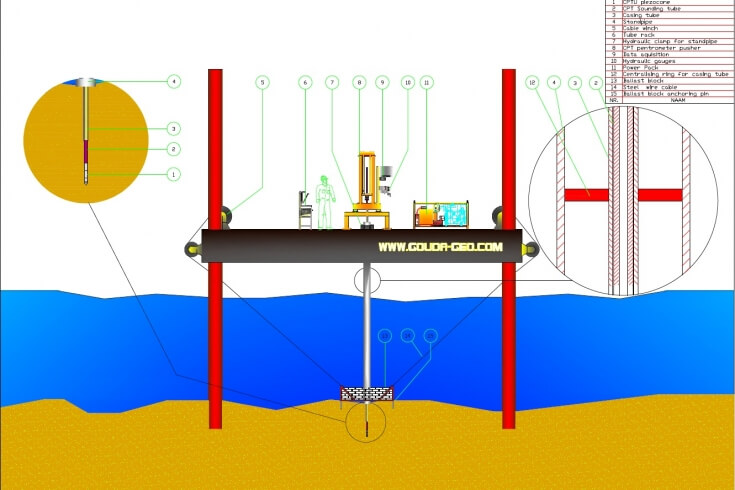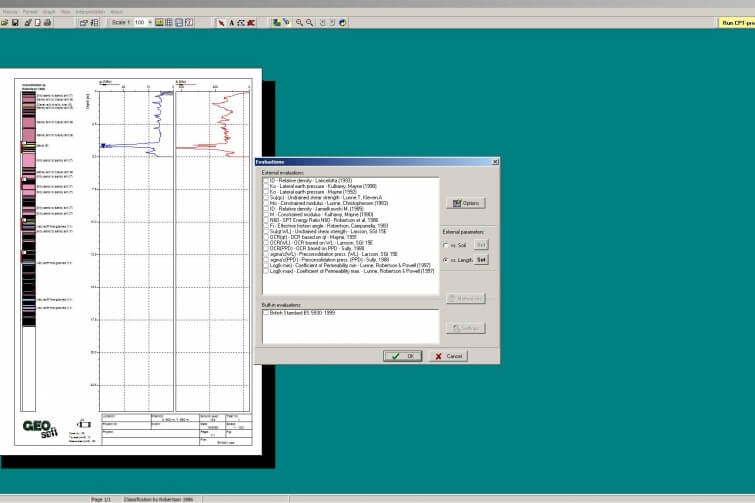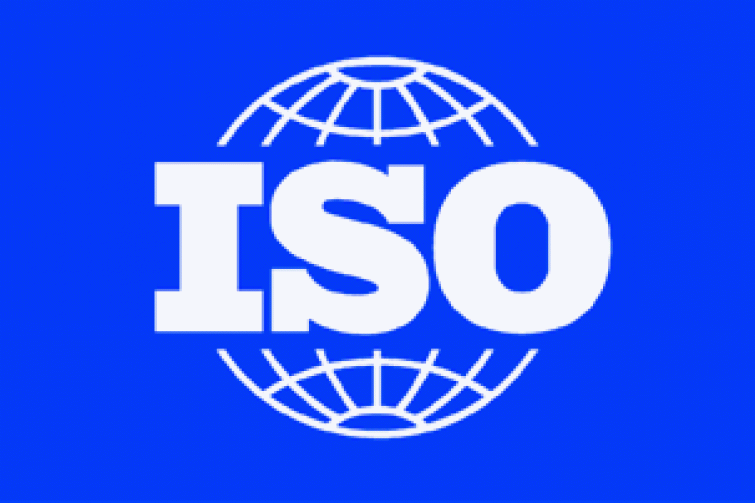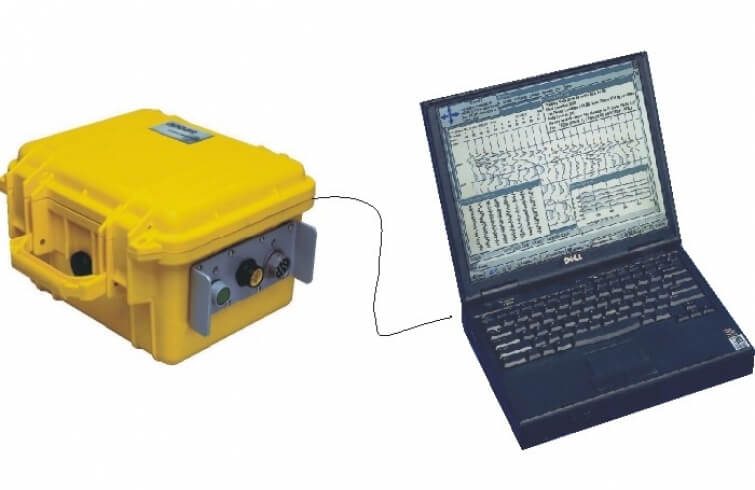Written by Tom Lunne, John J.M. Powell, and Peter K. Robertson. First published in 1997 by Taylor & Francis (ISBN 041923750X)
Brilliant book on Cone Penetration Testing (CPT and CPTU). It gives a very elaborate insight in technique and use of Cone Penetration equipment. A must have for anyone working in the geotechnical field; the ultimate source for information.
The static cone penetrometer (CPT) and the piezocone (CPTU) represent the most versatile tools currently available for in-situ soil exploration. Over the last 30 years there has been significant growth and development in the use of CPT and this is reflected in the impressive growth of the theoretical and experimental knowledge on the cone penetrometer and piezocone as well as in the several applications of the test to highly specialised measurements, e.g. seismic, environmental and electrical resistivity measurements
The purpose of this book is to provide guidance on the specification, performance, use and interpretation of the Electric Cone Penetration Test (CPT), and in particular the Cone Penetration Test with pore pressure measurement (CPTU) commonly referred to as the “piezocone test.” Recommendation guidelines interpret a full range of geotechnical parameters from cone penetration data and relevant examples and case histories are given throughout the text.
This is an excellent summary book on the cone penetration test (CPT) that details the equipment, procedures, calibrations, standards, and interpretative methods in current use. The work reflects the extensive experience of three key “coneheads” who have been involved in the area of CPT for over 20 years
Extensive reference is made to the use of piezocones and other specialized penetrometers, such as the seismic cone, cone pressuremeter, and resistivity cone, as well as new developments in geo-environmental site characterization.
This book is a must for all serious geotechs who wish to be up-to-date on the latest methods of conducting the test and interpretation of results. All of the figures have been re-generated to produce a high-quality publication that is surely to become a classic on the subject.
Extensive examples are given throughout the 312-page document to reinforce the subject matter and provide clear & concise recommendations. The book covers the details regarding differences in manufactured equipment, calibrations & corrections necessary for reducing CPT data, and sources of incurred error. Methodologies are reviewed for the evaluation of CPT in the interpretation of soil classification, relative density of sands, effective friction angle, lateral stress state, overconsolidation ratio, stiffness, undrained shear strength, state parameter, liquefaction evaluation, coefficient of consolidation, modulus, permeability, and other geotechnical parameters.
There are even special sections on “Non-Textbook Materials”, “Direct applications of CPT to deep foundations”, “Statistical treatment of CPT data” and “Special Sensors” that will surely be of interest to CPT users. The last chapter includes a set of Worked Examples including profiles involving soft clays, sands, stiff clays, tills, and liquefaction analyses. The appendices contain a section devoted to CPT chamber testing & results and the latest ISSMGE reference test procedures.






